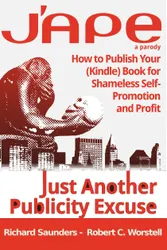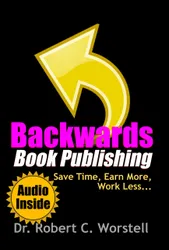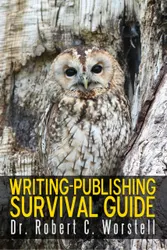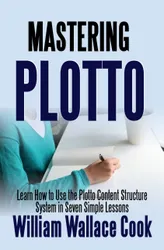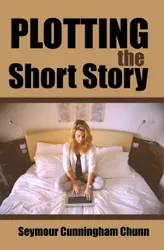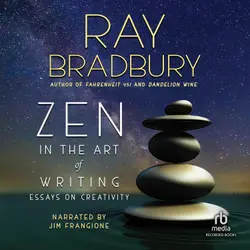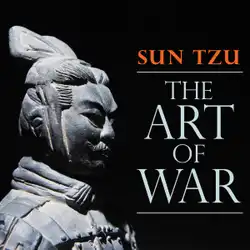Content Structure for Flash Fiction has never been so simple and fast.
What if all story ideas were able to be boiled down to a single formula?
Wycliffe A. Hill had this idea in the 1930's when no less than Cecil B. DeMille rejected one of his stories because "it had a good narrative, but no drama." This led Hill to research what made a dramatic story. That study lead to a 1920's author who claimed (based on even older research) that there were only 36 possible conflicts through all dramatic works.
Diving into the problem that the growing movie industry had for volume treatments to feed their industry, Hill's name became synonymous with what Slate called the "Hollywood schlock machine."
But Hill never intended it to become a mass-production device for plots. The original "Robot" he produced was to explore the idea of formulaic basis for stories. Not too long after, Joseph Campbell produced his "Hero With a Thousand Faces" which prescribed the monomyth as a base for all stories. Chris Vogler then championed this idea through Hollywood. And the Star Wars saga, as well as multiple Disney hits followed that generic model.
Hill himself cautioned against using the results on its own, but to use it as inspiration to ferret out new combinations of stories never before attempted. He claimed that author output had become hackneyed as they had been repeatedly explosed to the same few element combinations over and over.
For Flash Fiction, the work is even more daunting, as it's not a question of filling in more conflict, action, or romance by adding words. The author must start out with a well-developed synopsis and then whittle that down, carving out the core story and limited action into a very tiny wordage.
Every single word has to now forward the plot, character, or emotional response of their thousand-word story. The Plot Wizard now assists with generating a dramatic synopsis, so that the inspiration and perspiration of the author can go to work.
Research into the plot problems of the short story also unearthed another classic from the 1920's, "The Plot of the Short Story." Its author, Henry A. Philips, also dissected the problems and solutions to short story plots, and excerpts from his book are included.
The object of this book is more for education of the author in the basics of how to string a plot together, and perhaps a tentative solution to his "writer's block."
At any rate, it gives some very amusing stories. In fact, Hill mentions that it can also produce comedies.
Robert Silverberg reviewed Hill's work and recommended:
"Pick one up, follow the instructions, write your story. You might just find that a grand literary career is unfolding for you in a wondrous, magical way."


